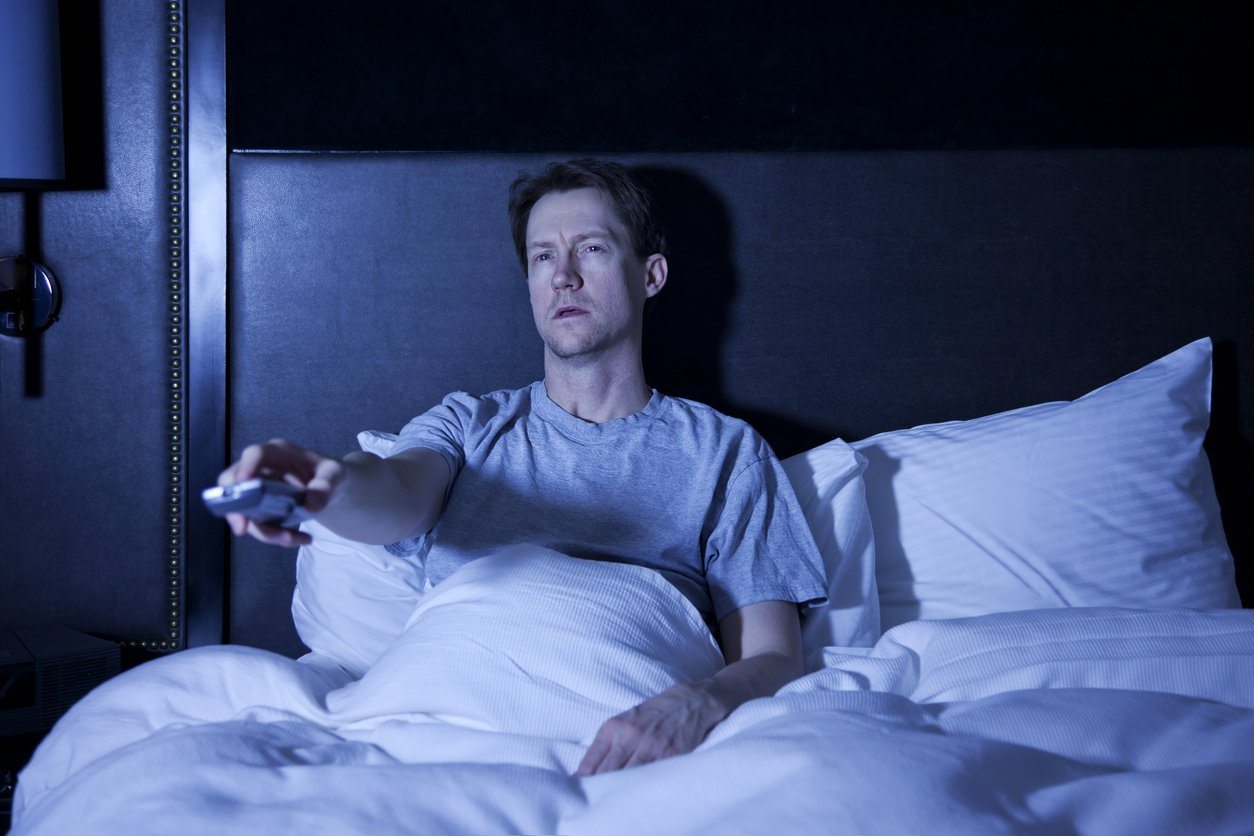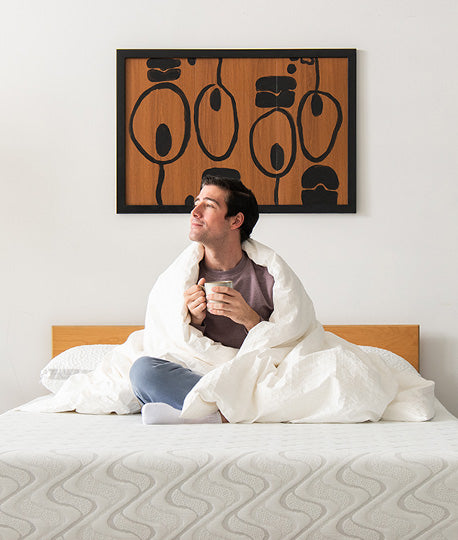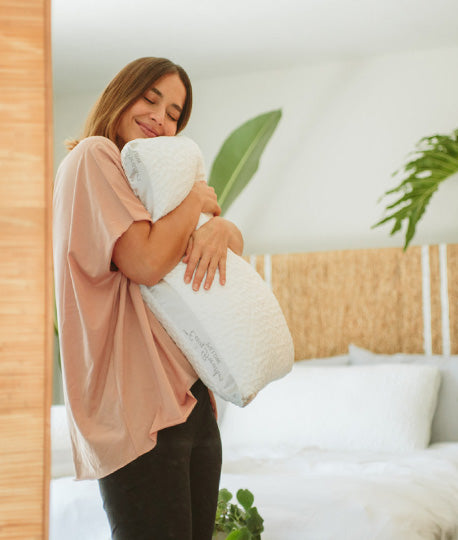What We Know About Electronics and Sleep


We've all heard the advice to make sure that we power down our screens long before we try to doze off if we want a restful night of sleep instead of tossing and turning until the early morning, but it can be hard to separate fact from fiction. It can also be challenging to keep up with changing recommendations and research.
Should we get all electronics out of the bedroom? How long before we go to sleep do we need to stop looking at our screens? What is it about screens that make it so hard to fall asleep? Are people of all ages impacted the same way?
Let's take a look at what we know about electronics and sleep, and how we can use that knowledge to get a good night's rest.
Electronics and Light Emissions
One of the primary concerns about electronic use leading up to bedtime is that the light emitted from these devices will disrupt natural sleep cycles and make it difficult to fall asleep. Research has shown that light exposure relates to the production of melatonin, and when the body does not produce enough melatonin, it can be difficult to fall asleep.
Melatonin is a hormone produced by the pineal gland. The regulation center for melatonin production is in the hypothalamus, an almond-sized portion of the brain located near the base. It's part of the limbic system that controls basic desires and emotions.
A study published in the March 2011 issue of the Journal of Clinical Endocrinology and Metabolism found that exposure to bright room light (as opposed to dim light) in the hours before sleep resulted in a decrease in melatonin for virtually all (99%) of the participants. The researchers concluded that:
Chronically exposing oneself to electrical lighting in the late evening disrupts melatonin signaling and could therefore potentially impact sleep, thermoregulation, blood pressure, and glucose homeostasis.
The connection between light exposure and difficulty sleeping, then, is well established, but what about the light emitted by electronics?
Blue Light
Research has been particularly interested in the light emitted by handheld electronics because they produce short-wave blue light that is especially disruptive to melatonin production. Also, users often keep these devices very close to their eyes, heightening the impact.
To combat this negative impact, some devices have introduced features that are supposed to limit the effects of the light. One such feature is Apple's Night Shift, which was introduced on iPads and iPhones in 2016. Unfortunately, a recent study from the Lighting Research Center concludes that Night Shift does not have a significant impact on the negative results of electronic use on sleep. In fact, both versions of Night Shift still demonstrate significant levels of melatonin suppression (19% suppression for Night Shift High and 12% suppression for Night Shift Low). While the Night Shift suppression was slightly lower than the suppression seen in normal electronic usage (23%), it was not enough to change the negative impacts on sleep.
Ultimately, the researchers conclude that "changing screen color alone is insufficient for limiting the impact of PEDs on melatonin levels in the evening, and that screen brightness should also be reduced."
Impact on Children
It is especially important information for parents because recent studies have found that children are particularly susceptible to the negative sleep impacts of light emission. A study published in the March 2018 issue of Physiological Reports examined the effect of light on melatonin levels in 10 children between the ages of 3 and 5.
The study found that children were susceptible to light exposure. Even when the children had been in a dim environment for several hours, entering a bright environment for one hour before bedtime had a substantial impact on melatonin production.
Melatonin levels remained suppressed for 50 minutes after returning to the dim conditions, and for a majority of the subjects, melatonin levels had not responded to 50% of what they would have been without the exposure after the 50-minute window. In other words, the impact of the hour of dim conditions didn't counteract the effect of the hour of exposure to bright conditions.
Another study explored this potential impact even further by looking at the overall sleep habits of adolescents about their technology use. Electronic use both during the day and in the time leading up to sleep correlates directly with not only taking longer to fall asleep but also shorter overall periods spent asleep, leading to sleep deficits.
Recommendations and Habit Changes
This research has led to a series of recommendations and tips for getting a good night's sleep in the face of our addictive and entertaining devices.
The most obvious recommendation is to avoid screens before bed. Designating the hour before bed as screen-free time will significantly reduce the negative impacts of light emission. As we can see from the studies above, though, screens aren't the only source of light that causes problems, so if we want to see positive changes, we should create a dark environment overall for the hour before bedtime. It might be a great time to do some relaxing activities like yoga, meditation, or just quietly talking with our friends and family.
Those recommendations are easier said than done, though, as many of us use the hours between work and sleep (which are often limited) to fit in some downtime in the form of reading, scrolling our social media feeds, sending text messages, or watching television. If you must use your handheld devices before bed, be aware of the impact that it could have on your sleep. Dim the screen as much as possible.
Pay particular attention to screen use in children. If you see signs of sleep deprivation (moodiness, lack of focus, drowsiness during the day), it may be time to intervene with some limits on screen time and a no-screen zone before bed. For very young children, be aware that light sensitivity is unusually high and practice good sleep hygiene from the beginning, setting healthy boundaries between around screen use.
Nest Bedding is committed to helping people get a good night's sleep. Contact us for more information on how to make sure that you're catching the zzz's you need.



